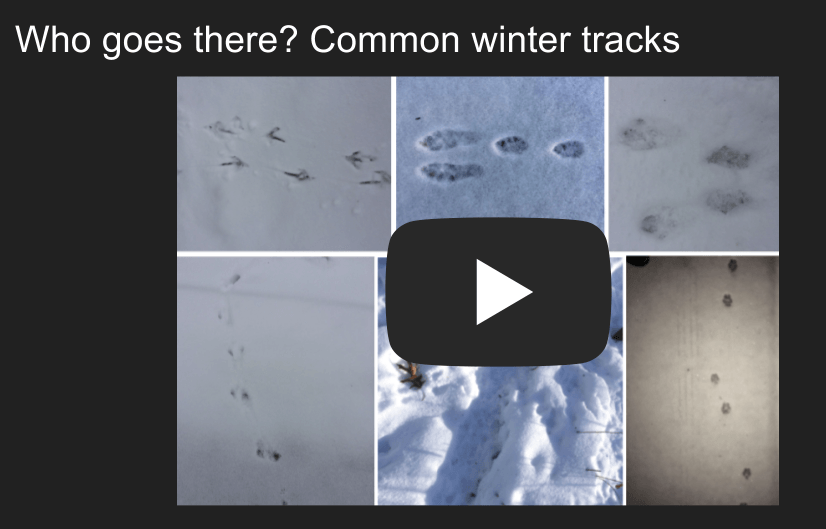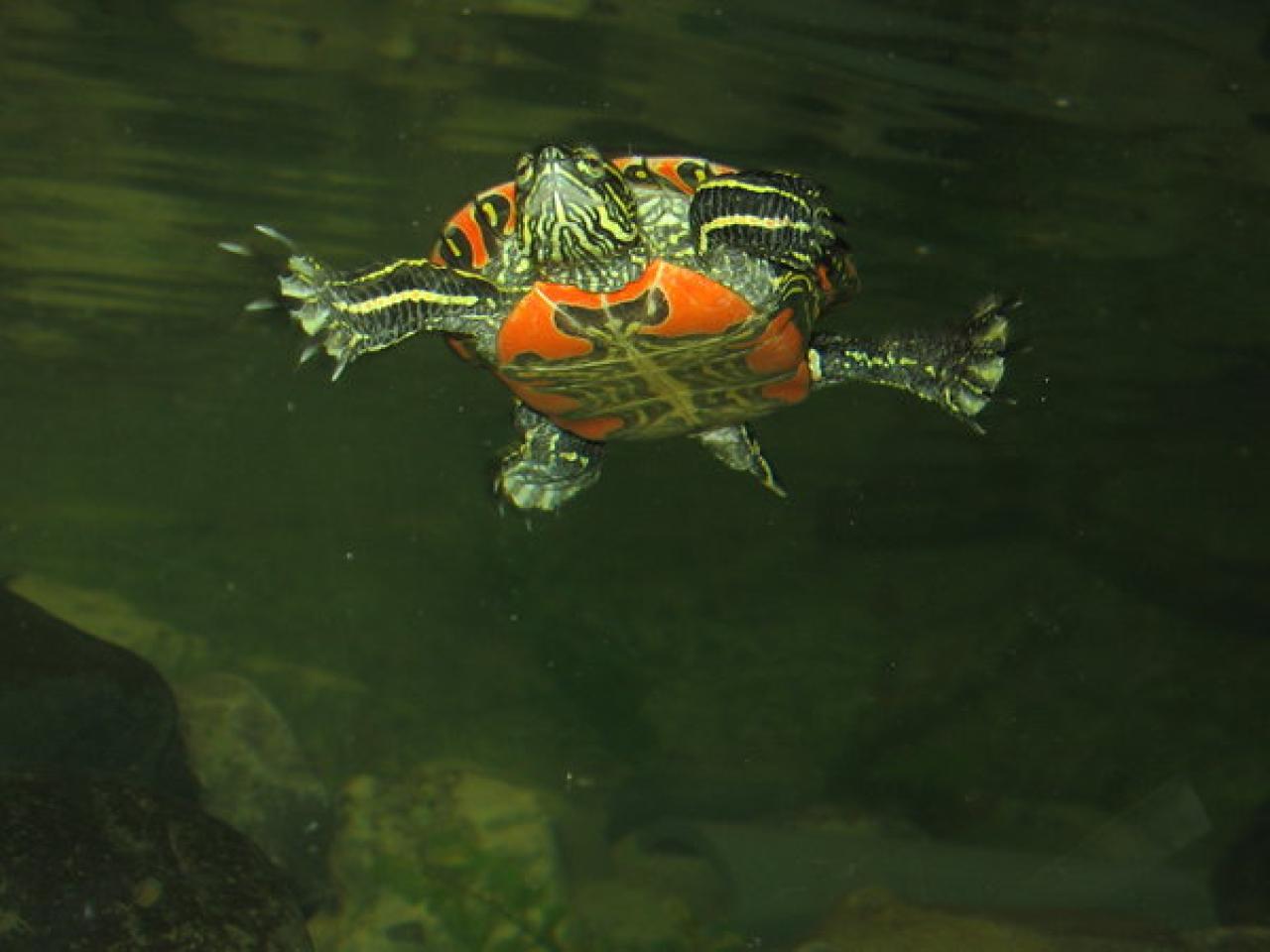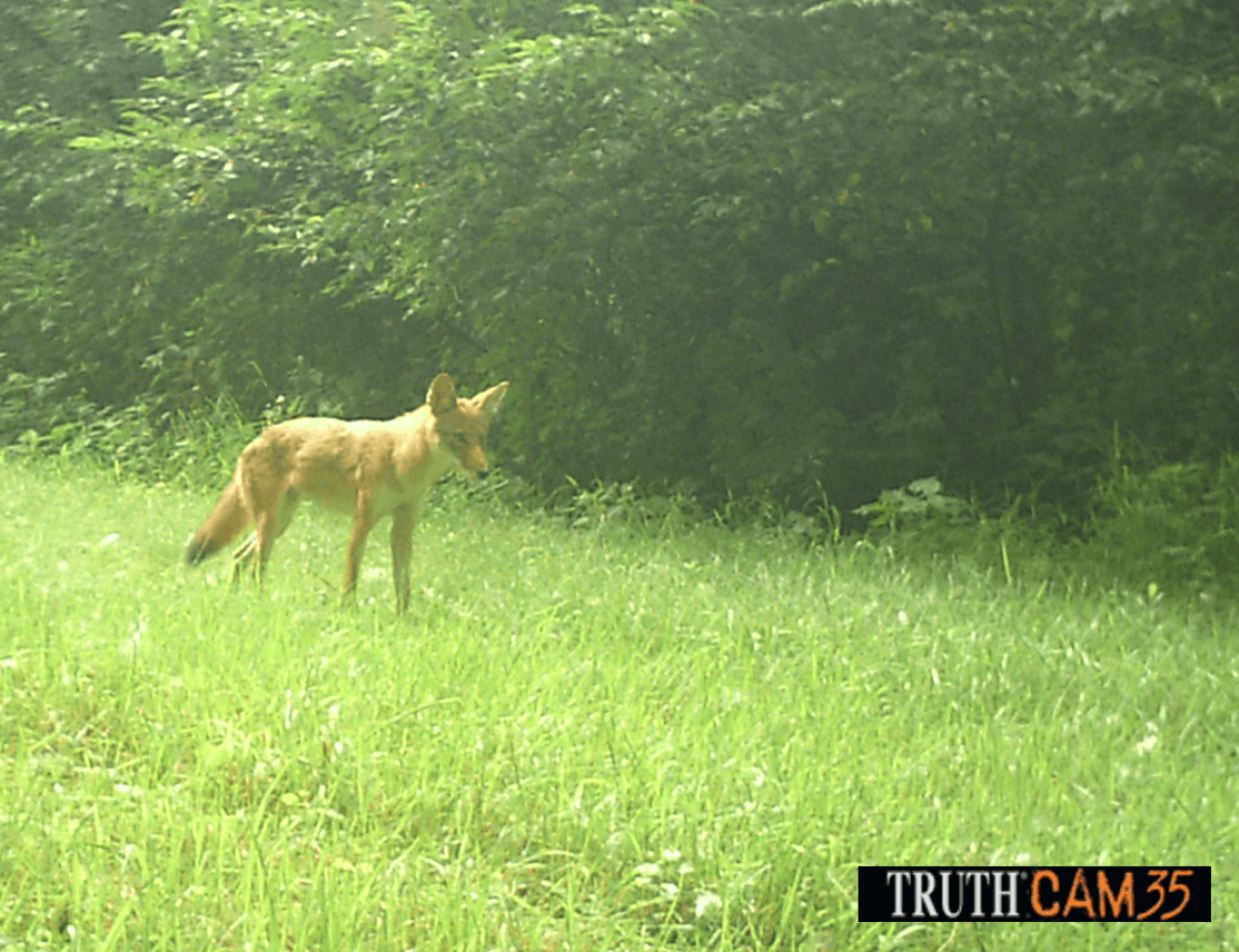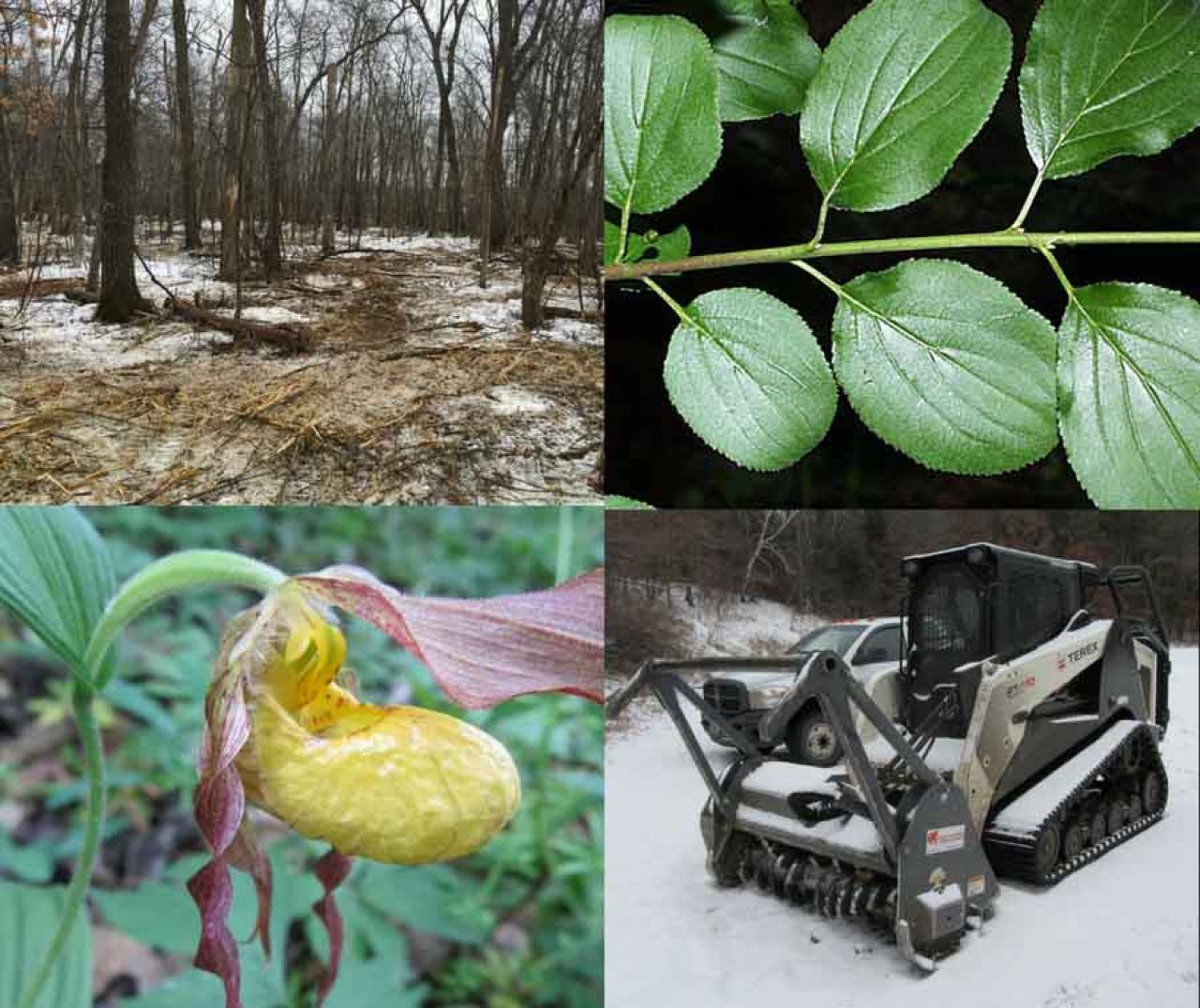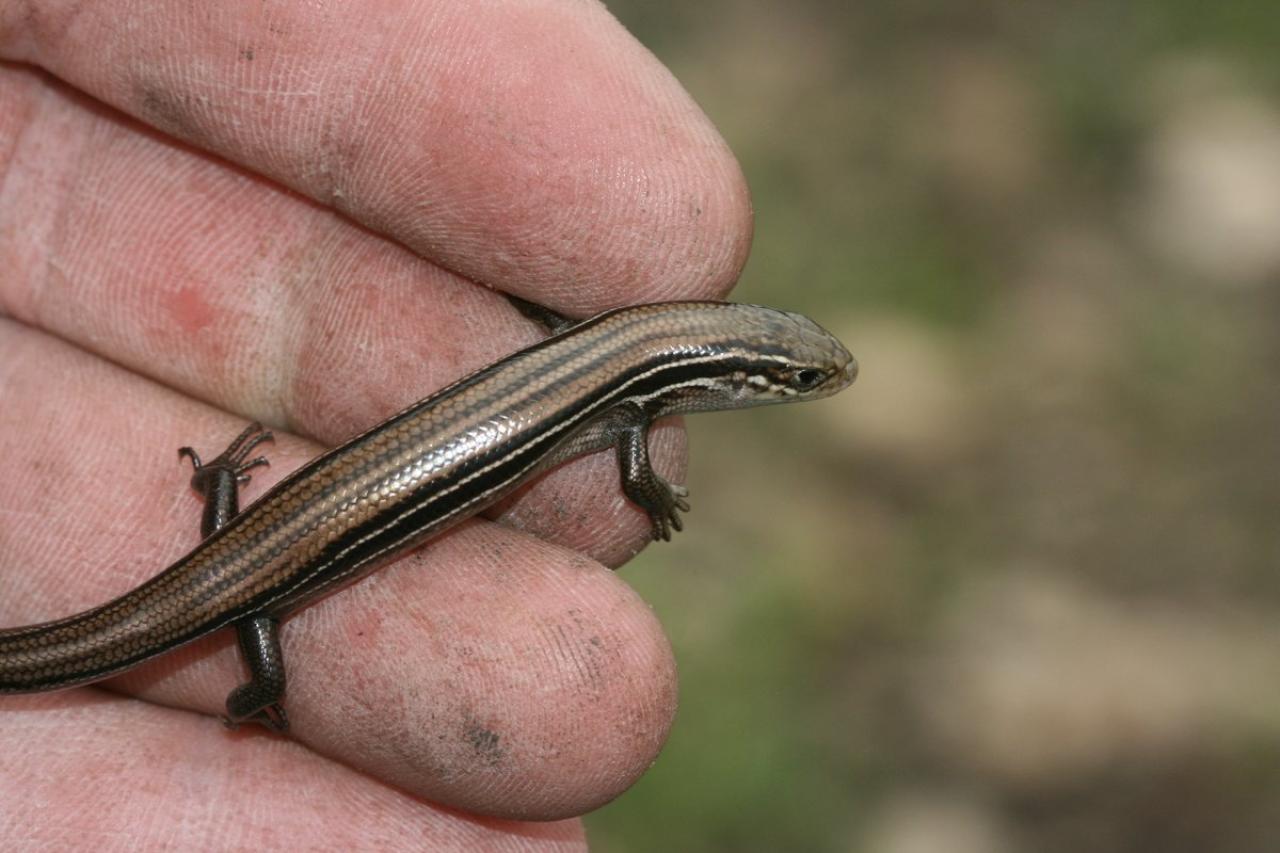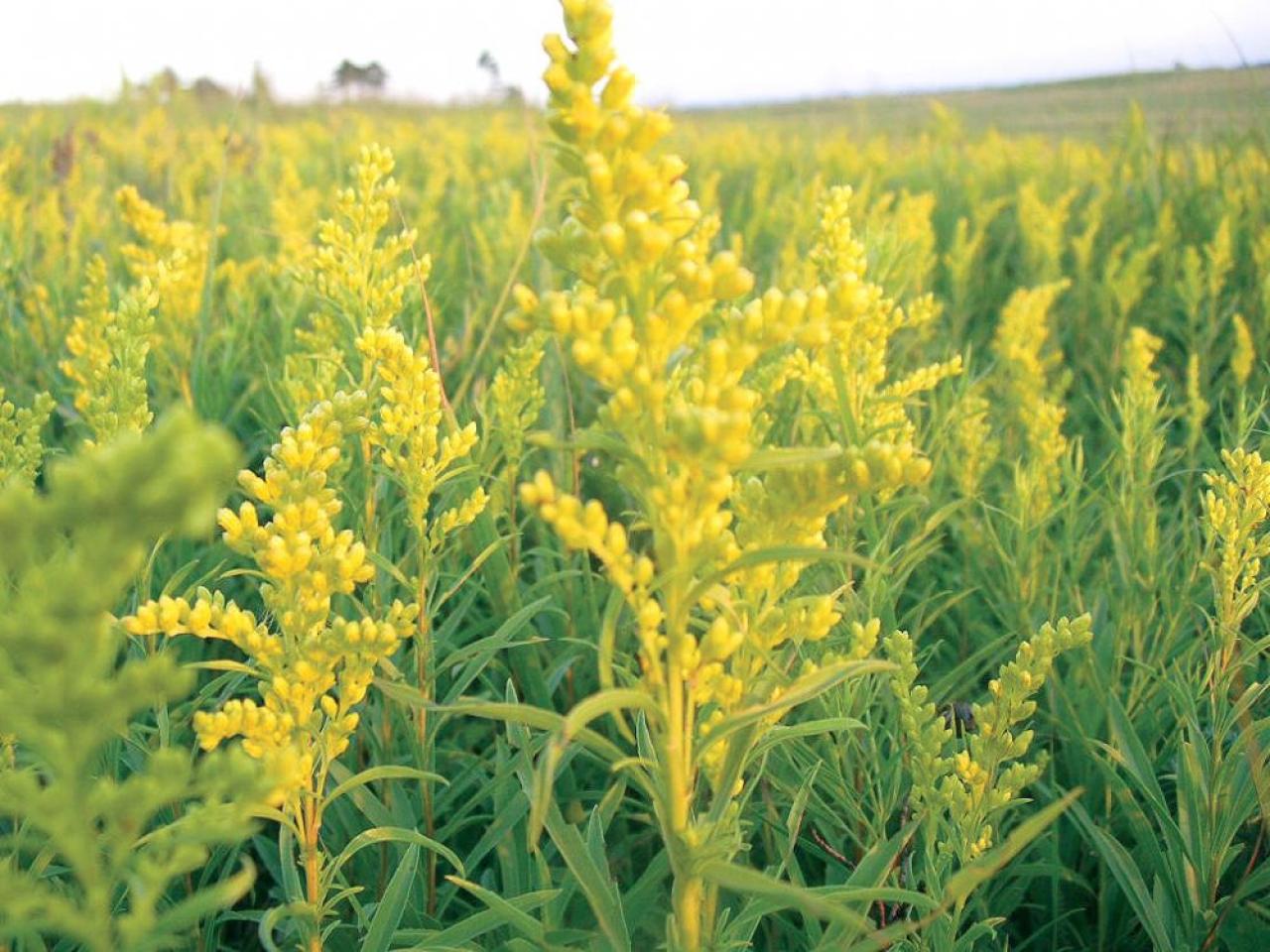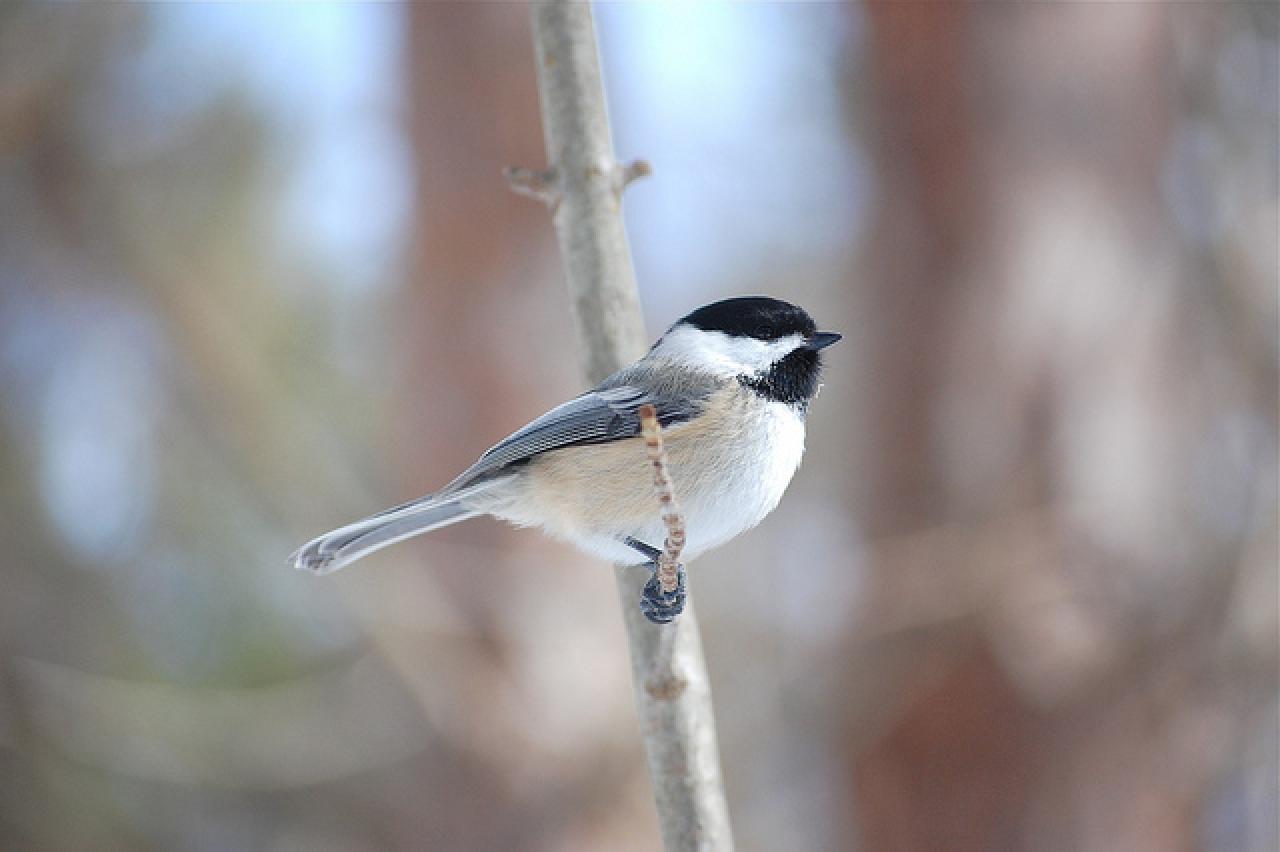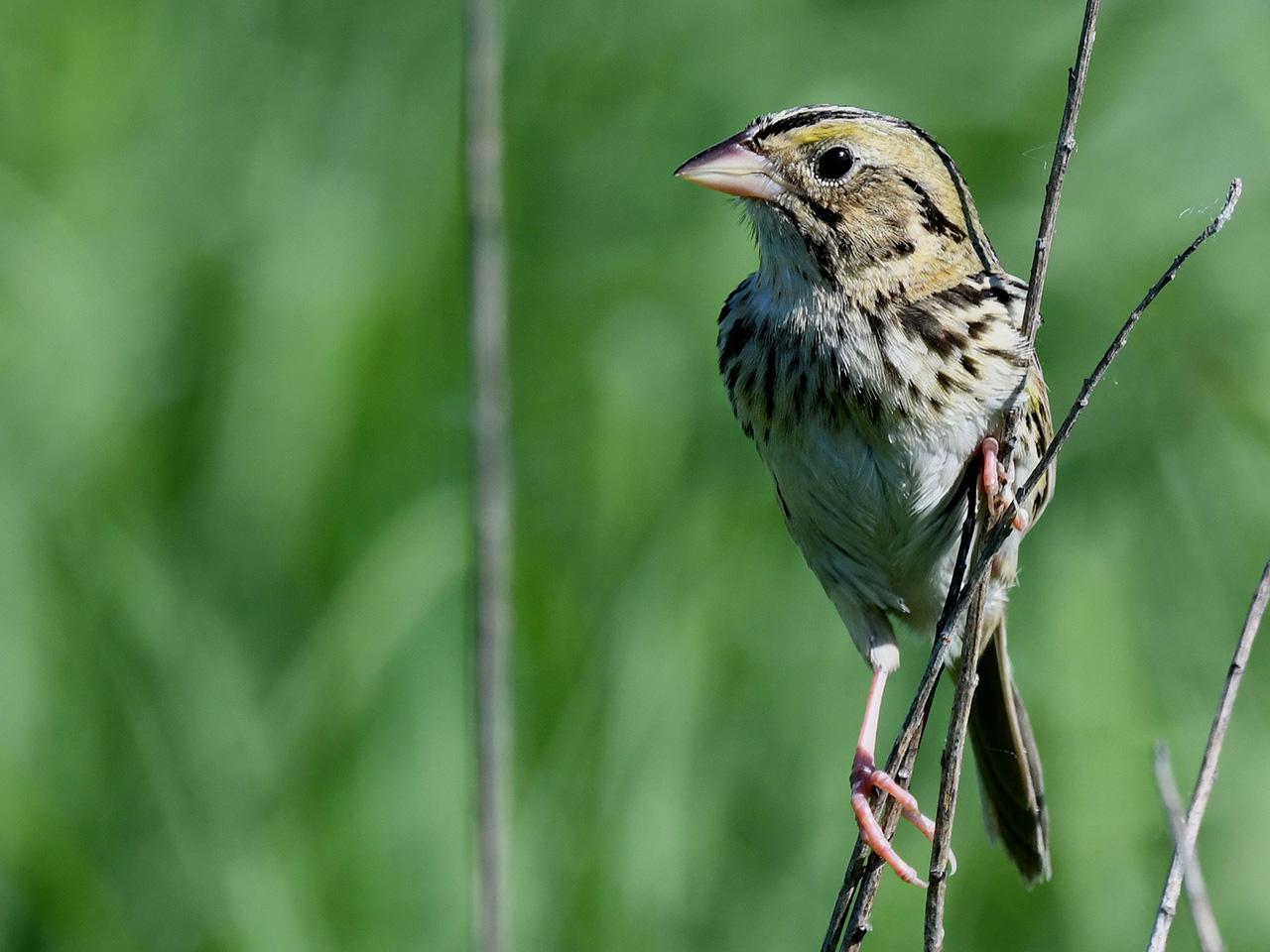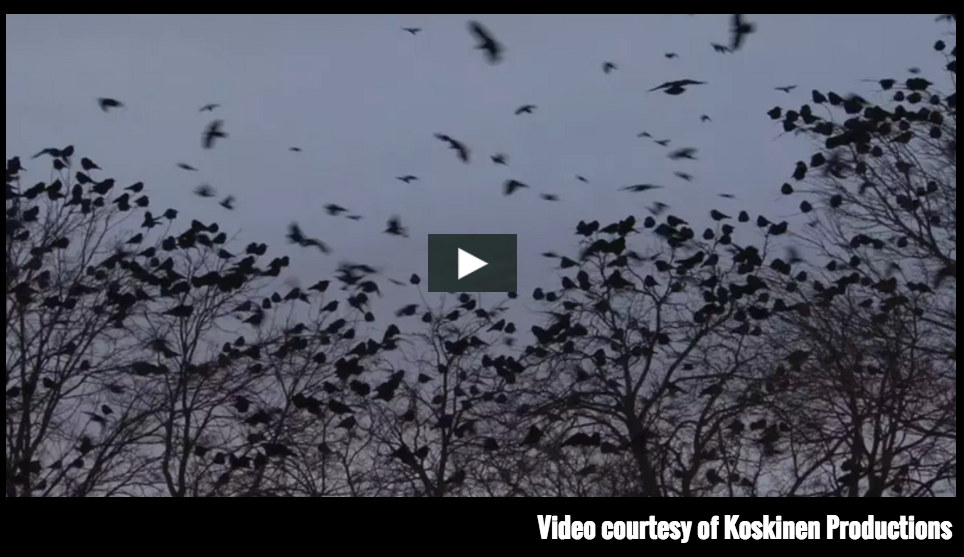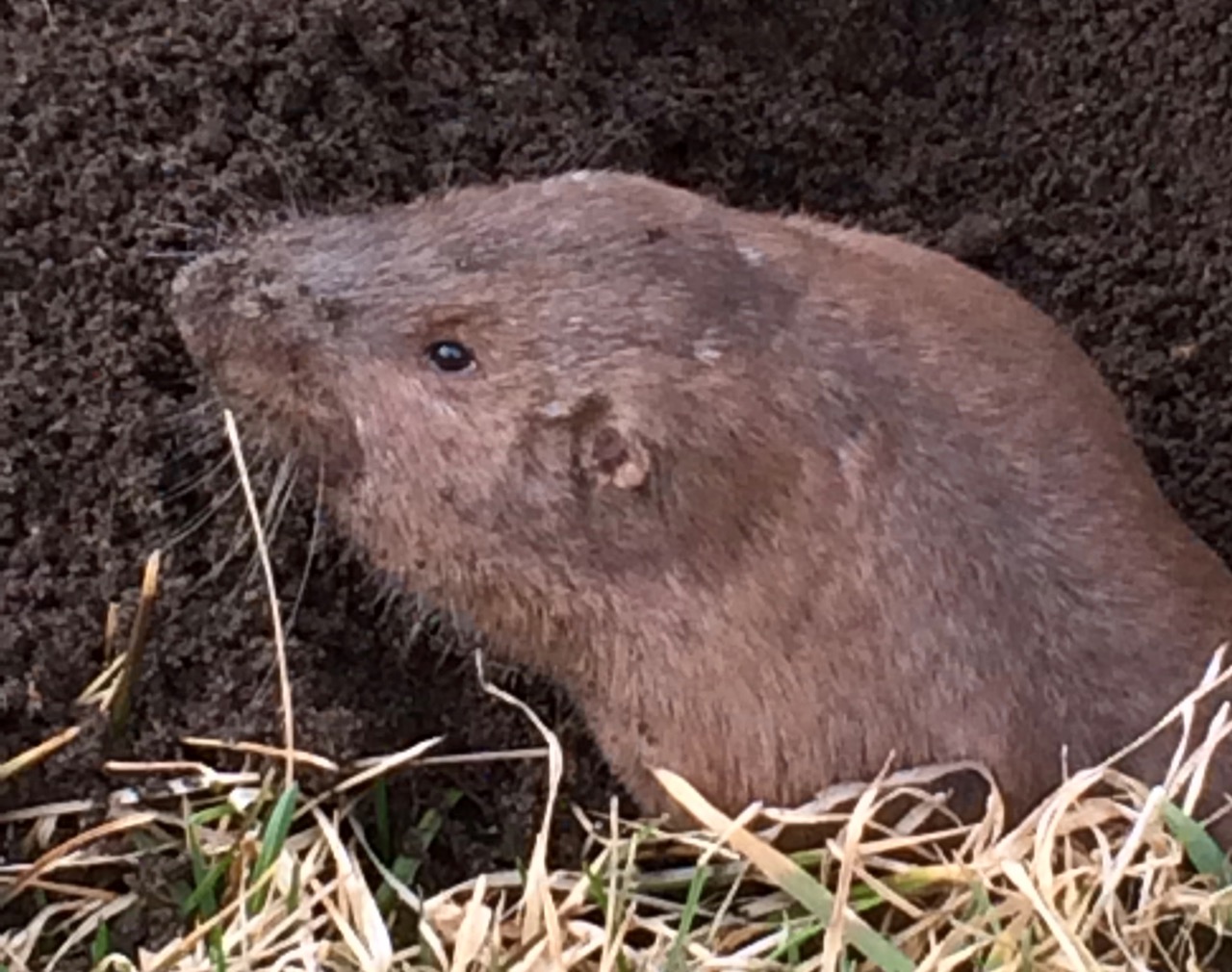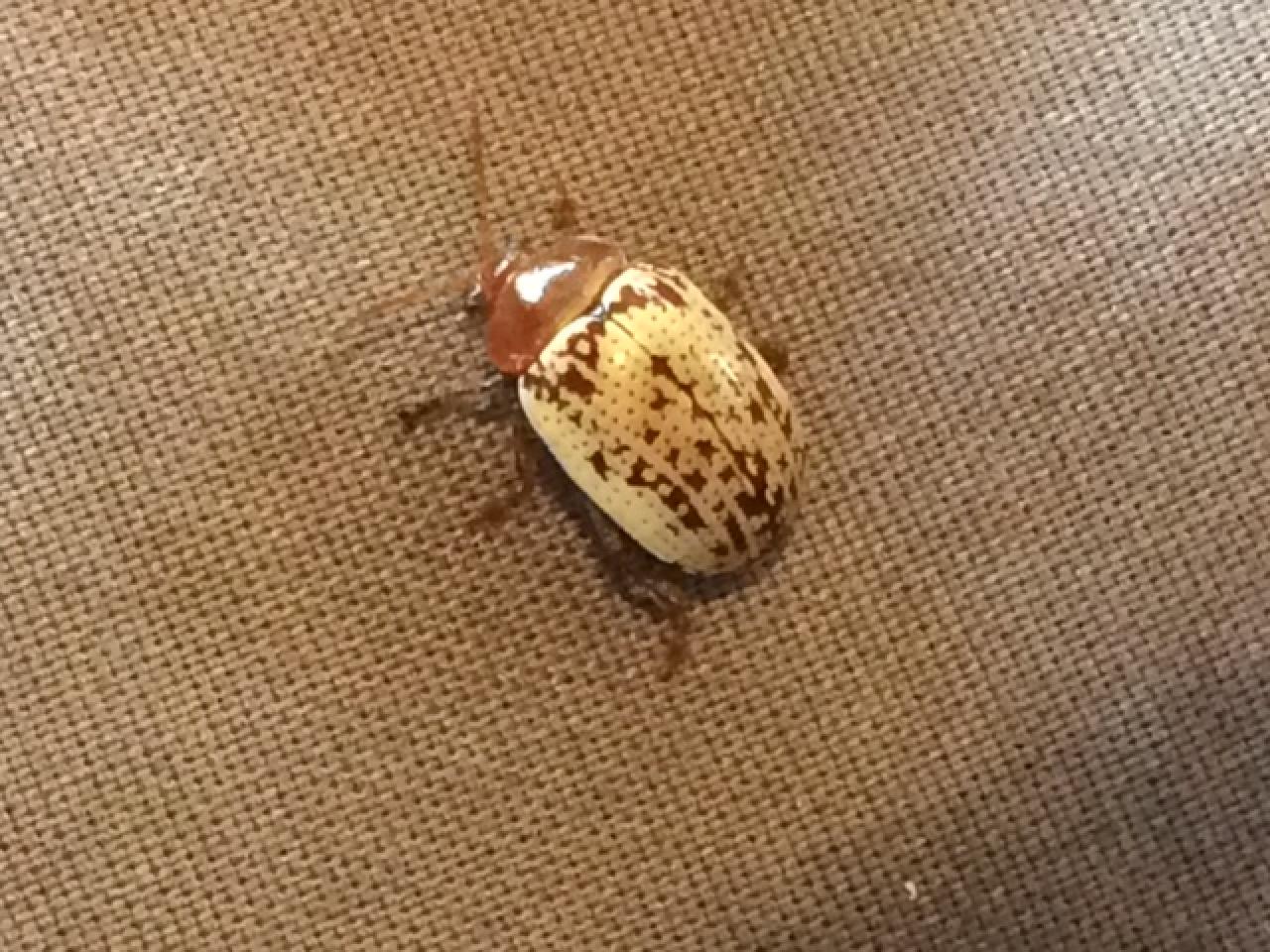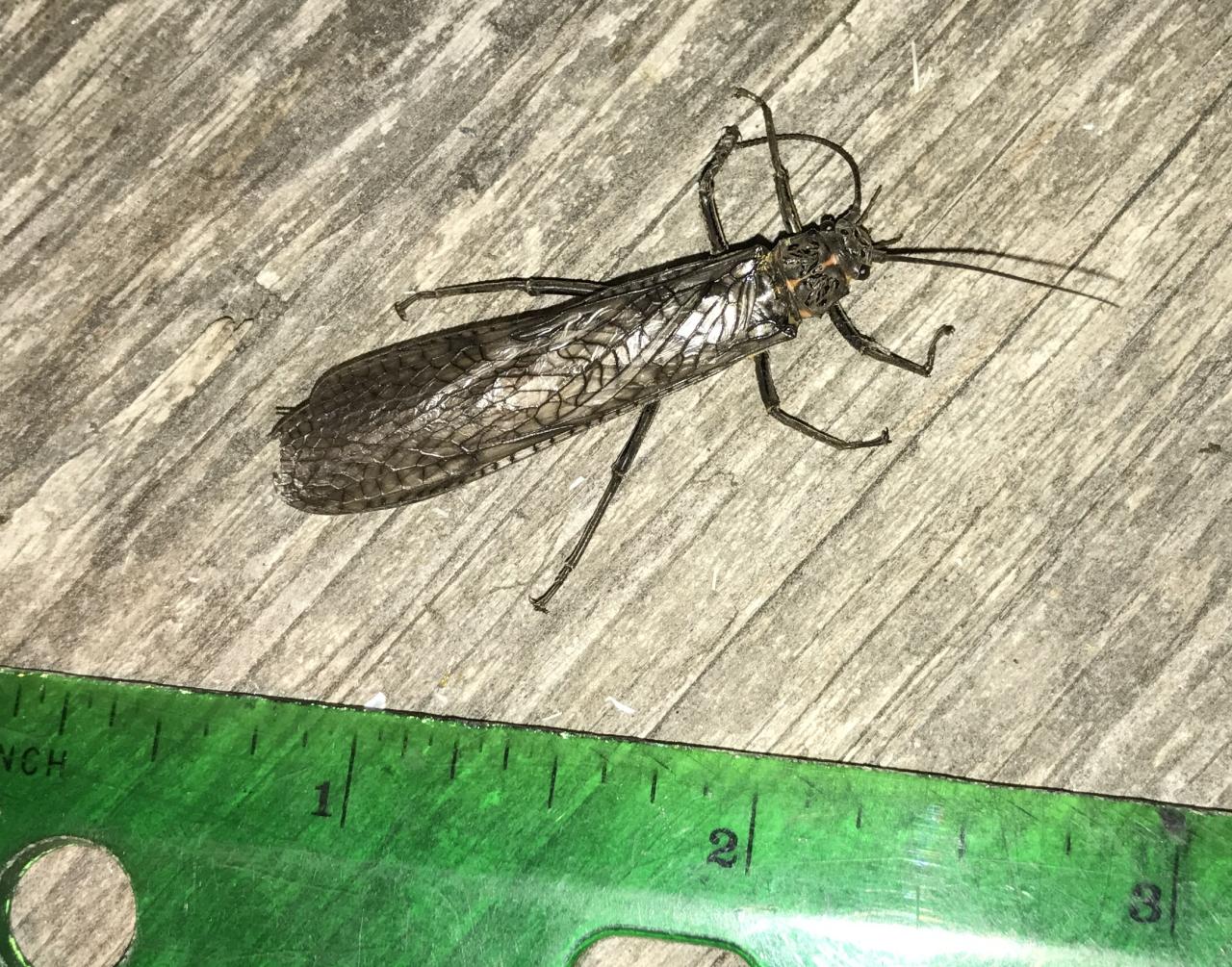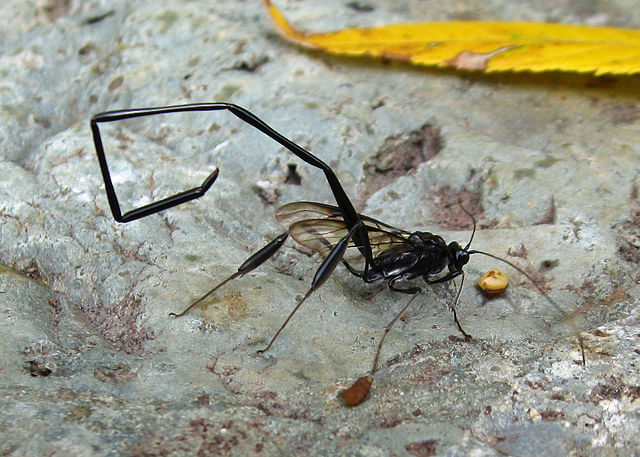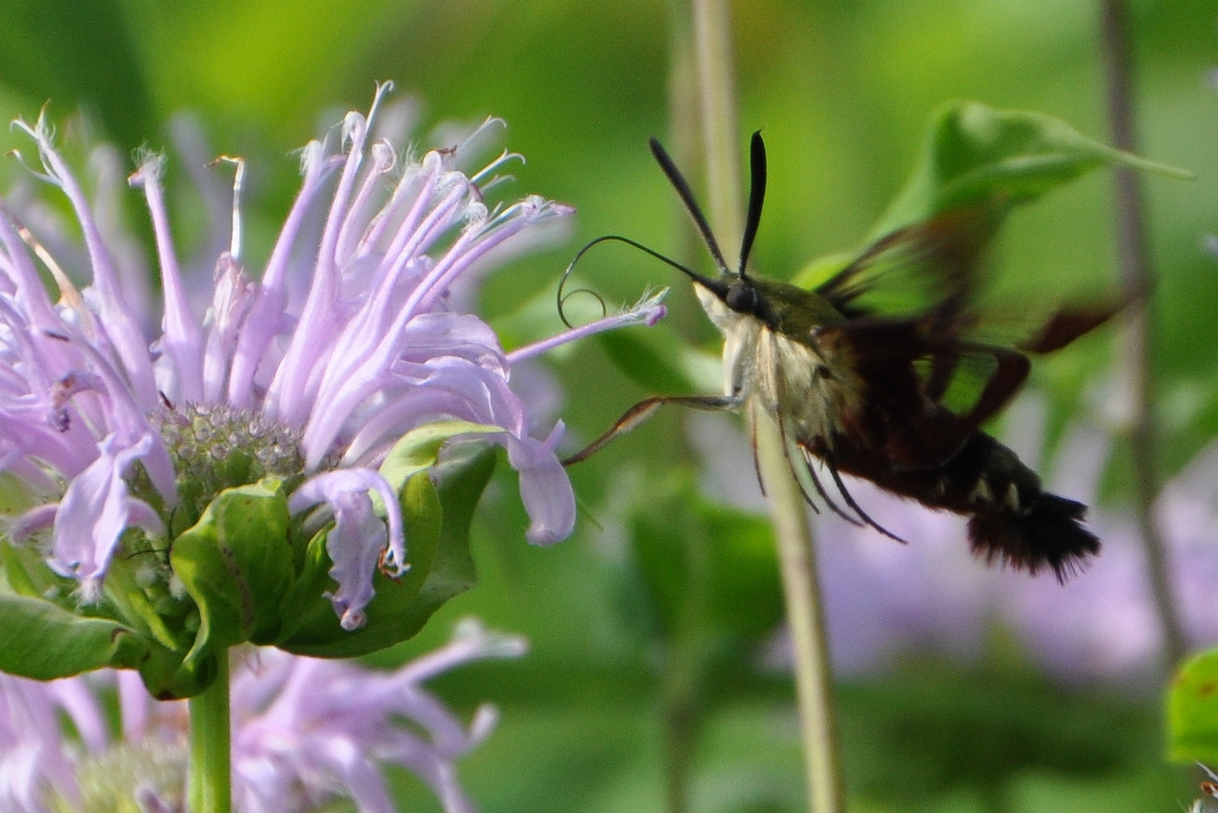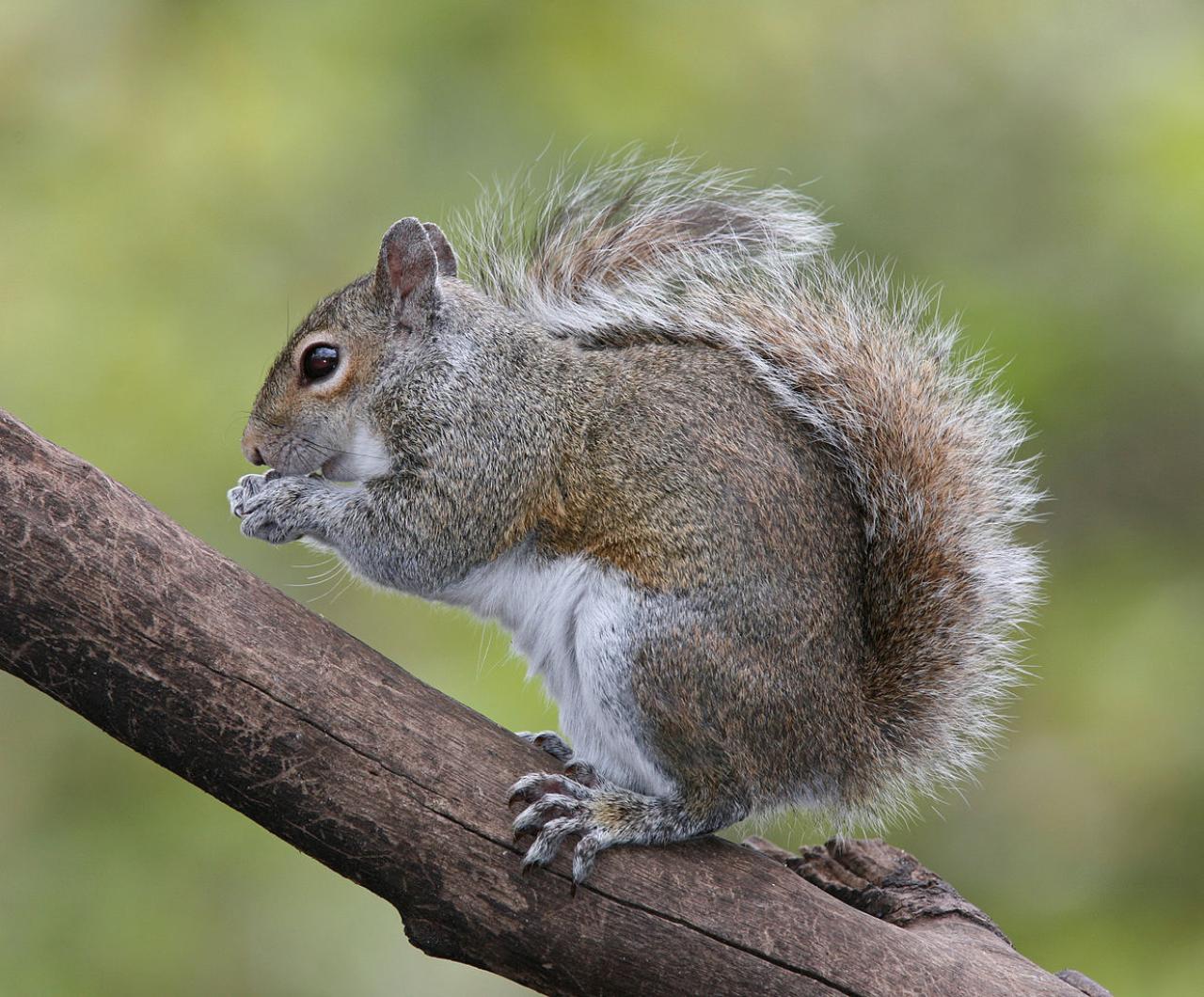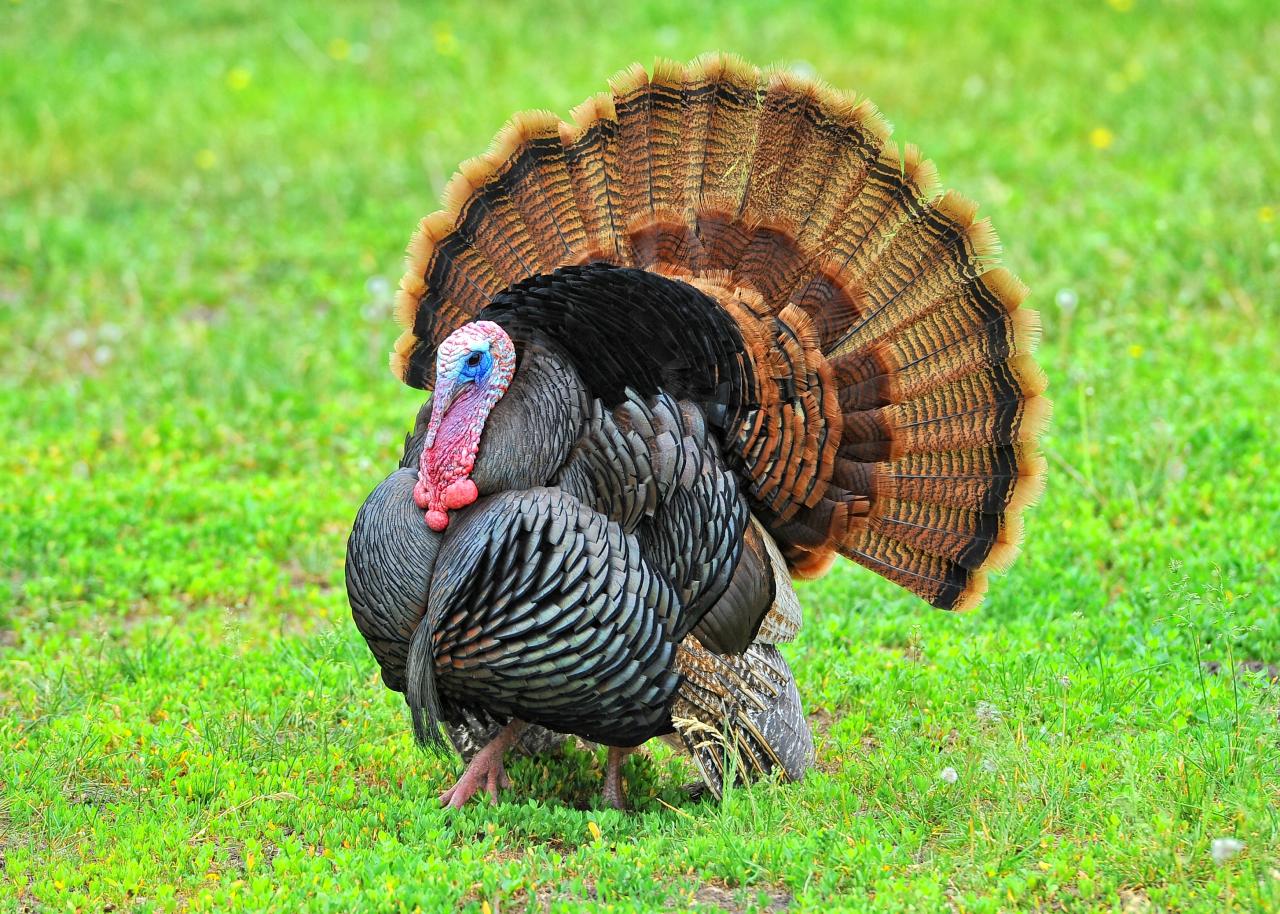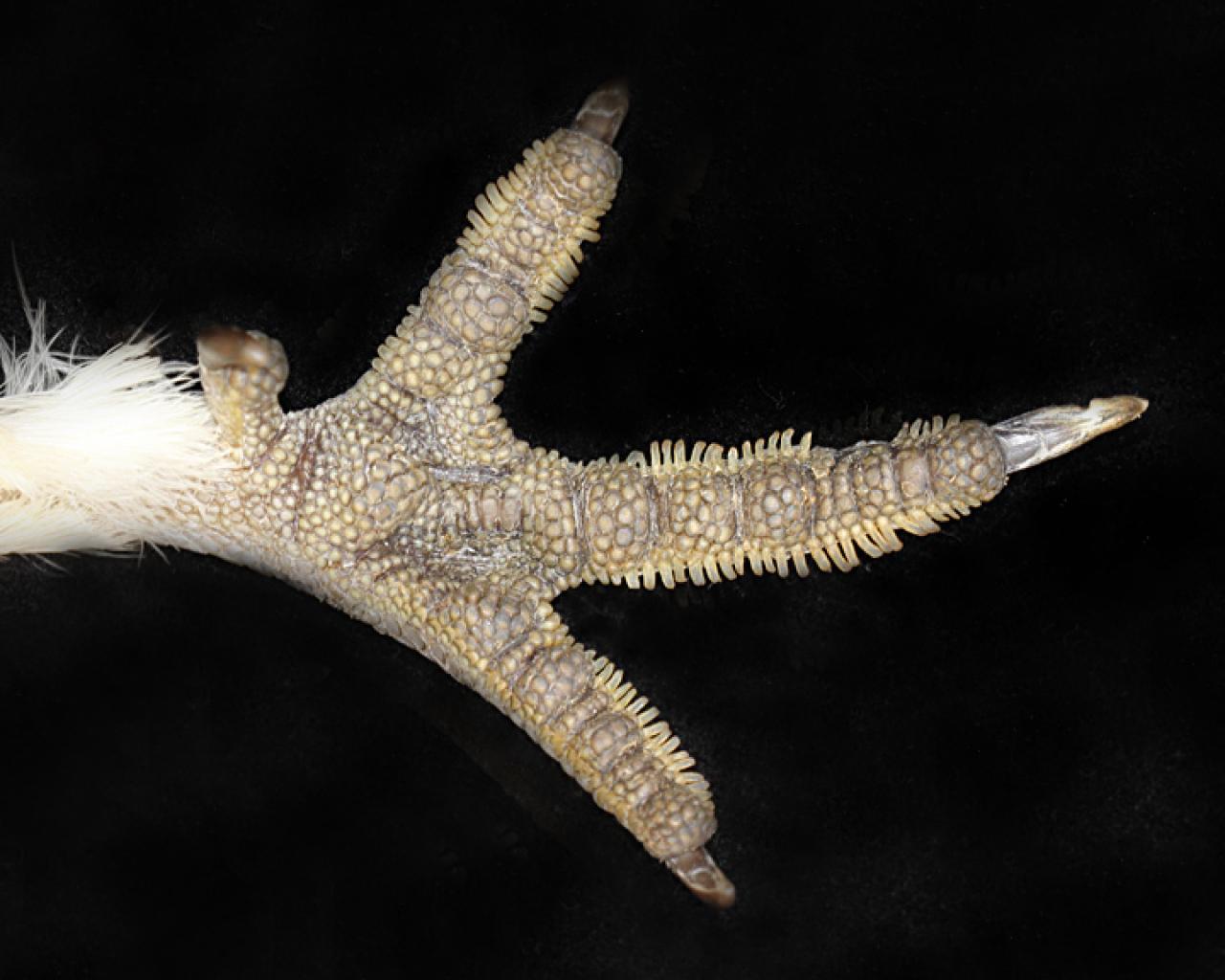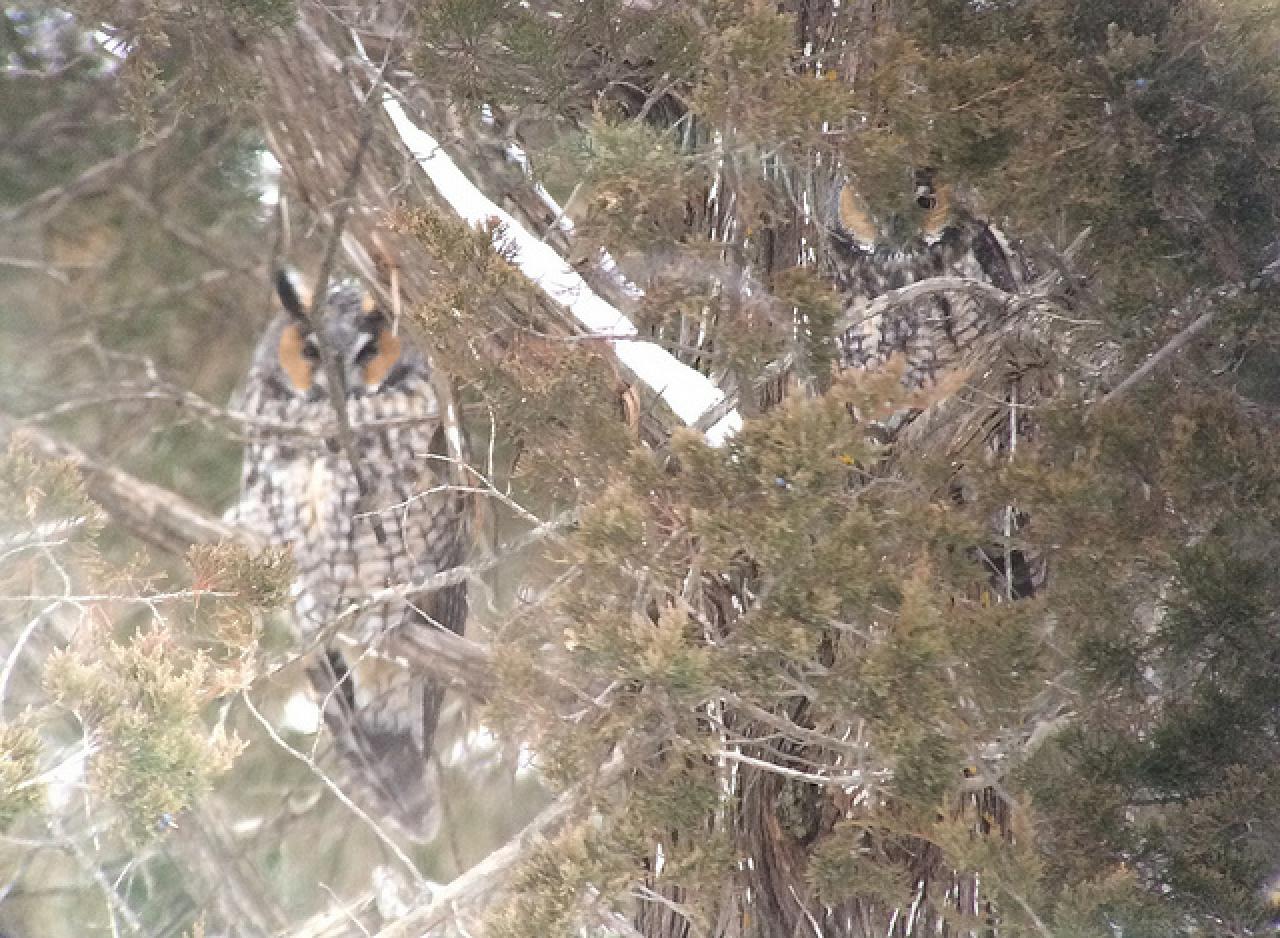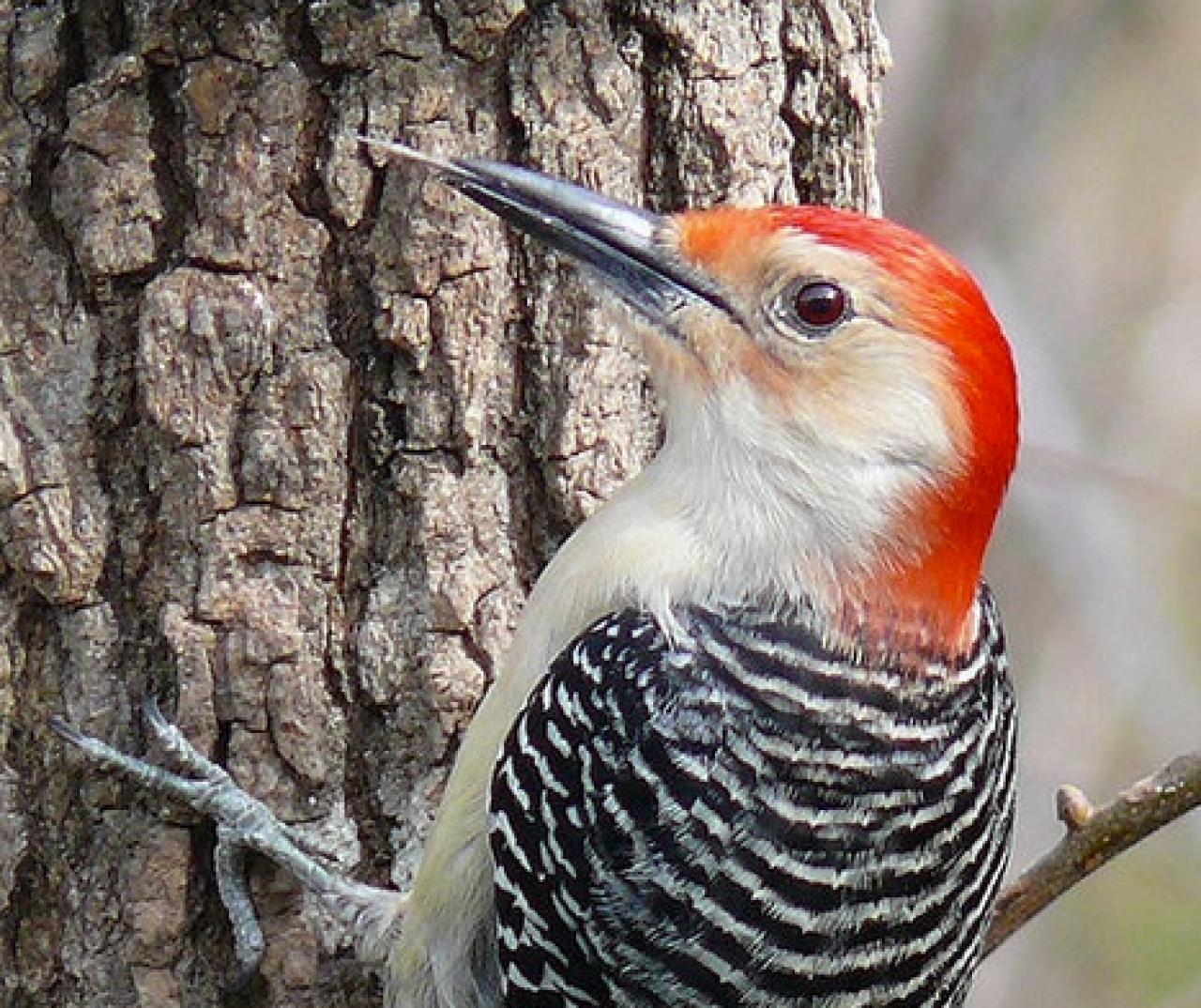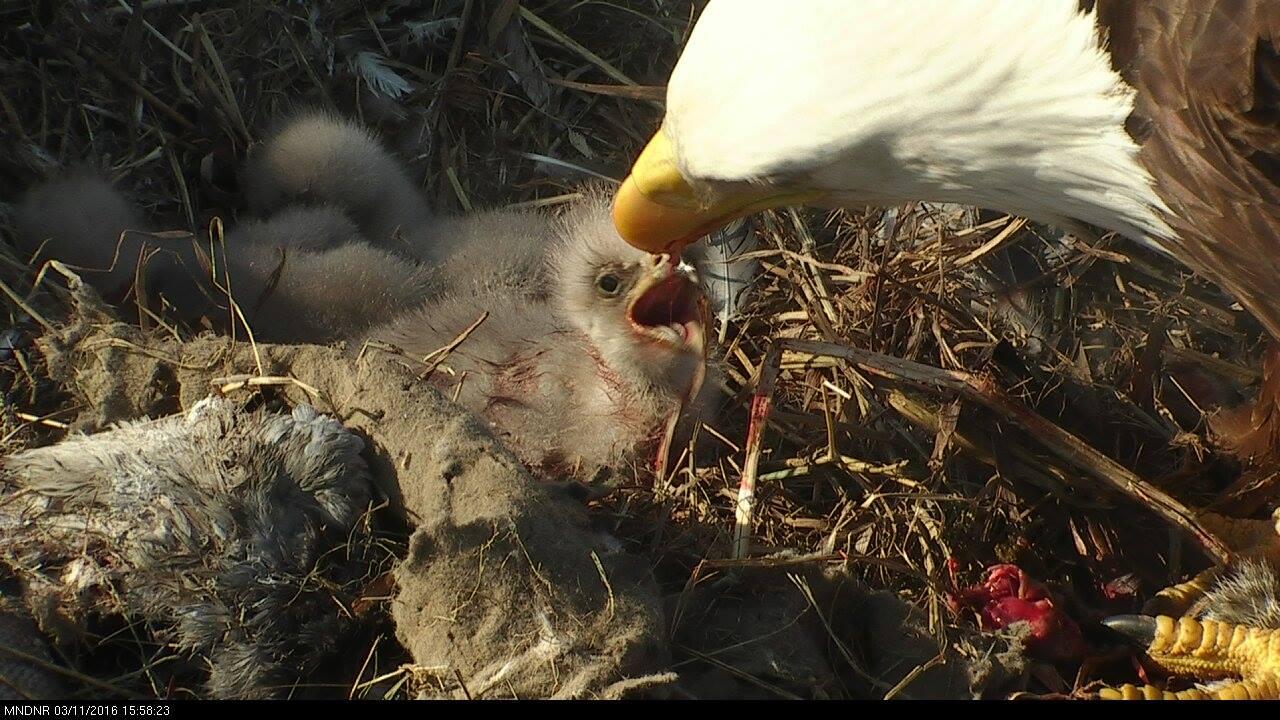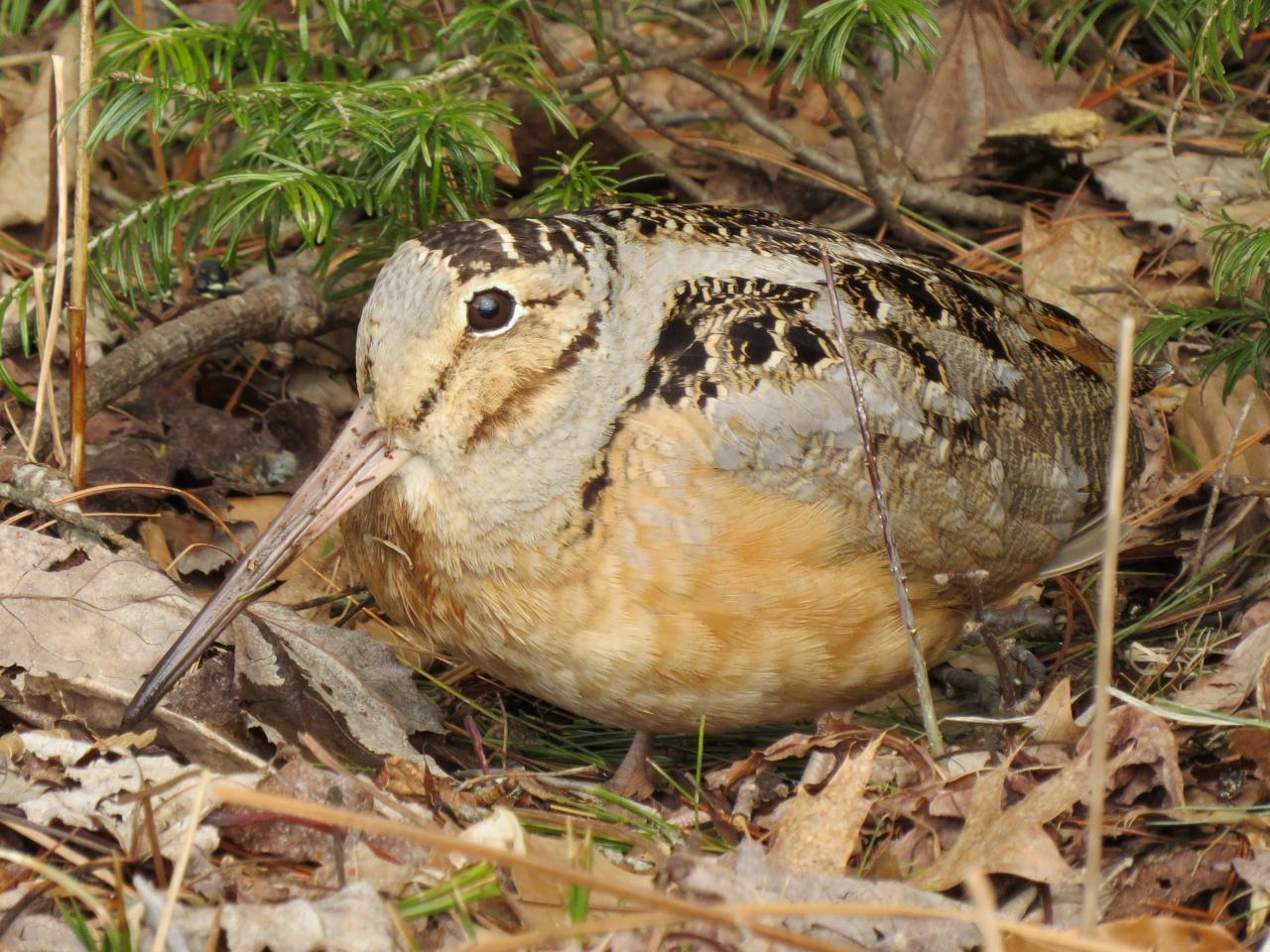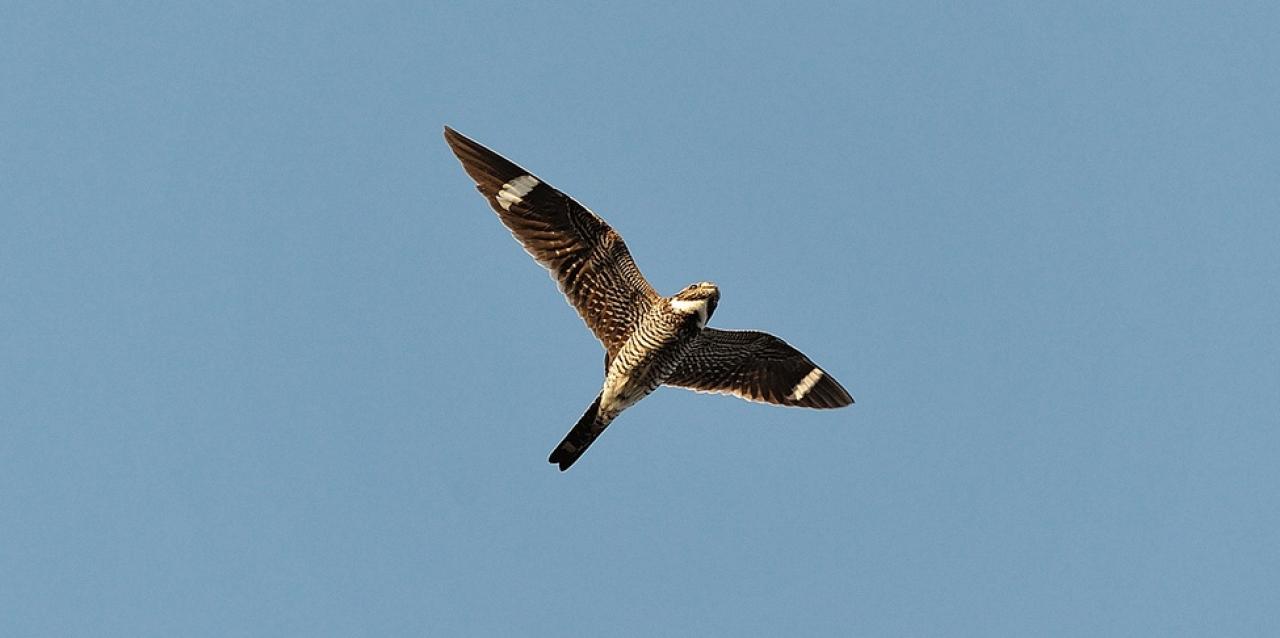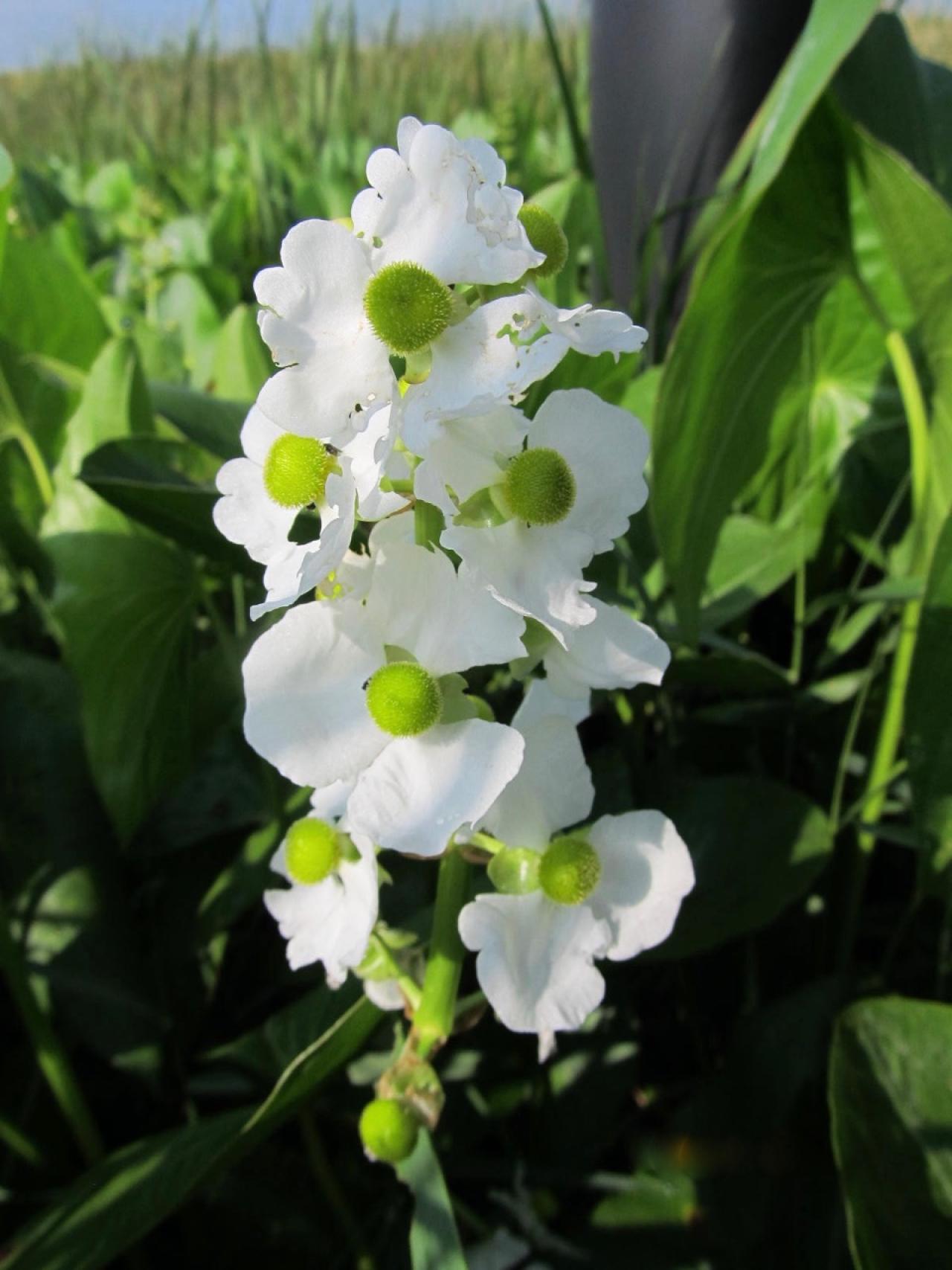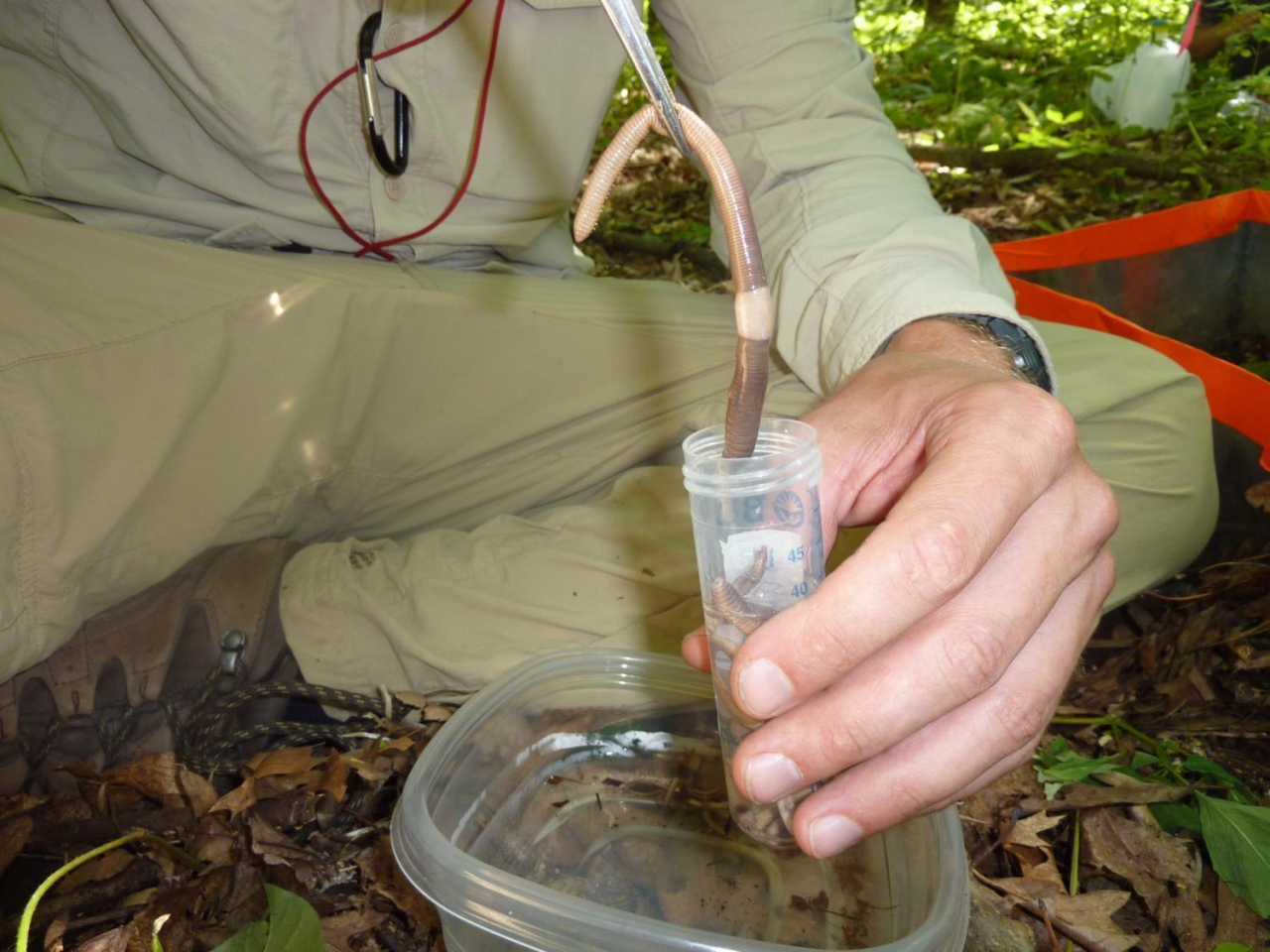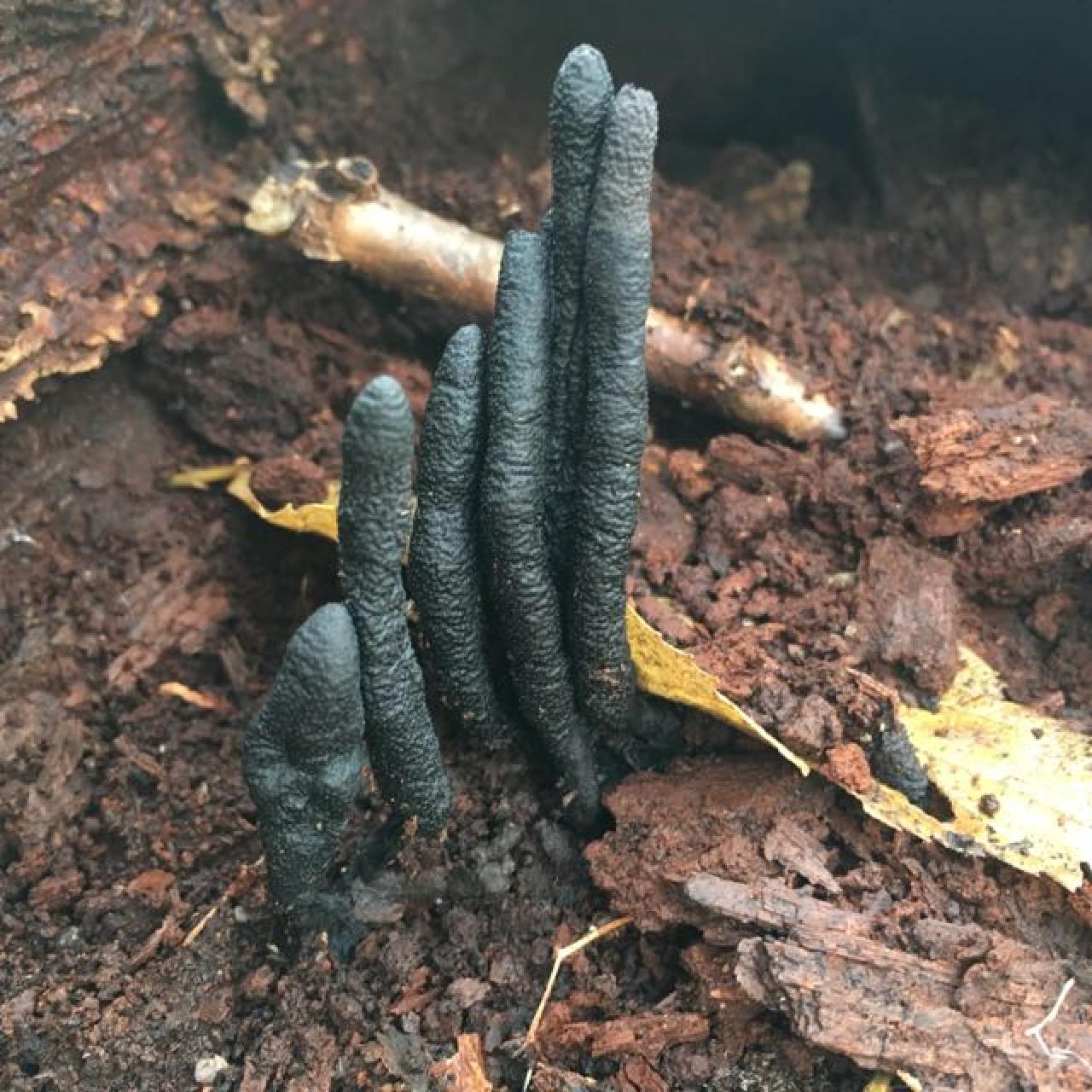Conservation Corner
To find out what FMR staff are currently working on and encountering in the field, please see our conservation blog.
Archives from our previous features "Conservation Corner" and "Nature Notes" are below.
2018
January: Who goes there?
February: Turtles on the go under the ice
March: If you build it, will they come? Investigating whether restored habitat means more wildlife.
April: What's the best way to control buckthorn and protect native plants? FMR investigates.
May: Burn, baby, burn! But only when we say so.
June: Wildlife returning to FMR habitat restoration sites
July: Skinks and pollinators returning to restored prairie
August: Goldenrod vs. ragweed: Which causes allergies and which benefits pollinators?
September: Restoring habitat on an urban island
October: Why do volunteers hand-collect seed for FMR?
November: Habitat in the city: the power of the single yard
December: Bird surveys reveal steady increases at FMR prairie restorations
2017
January: Misty mornings on the Mighty Miss
February: A murder most fowl
March: 'What’s it got in its pocketses?'
April: DNR Eagle Cam provides a close-up view of eagle family life
May: Unassuming little beetle's clever (gross?) 'shield defense'
June: It's a sign! Giant stonefly found in downtown St. Paul
July: 'Don't worry, I come in peace!' Meet the one-of-a-kind pelecinid wasp
August: It’s a bee! It’s a bird! It’s a … moth?
September: Beautiful berries 'ecological traps' for birds
October: Fall is for the squirrels
November: Let's talk turkeys
December: Snowshoeing grouse
2016
January: Midwestern winters bring owls together
February: Knock, knock. It's the red-bellied woodpecker.
March: Unpredictable weather, fuzzy eaglets and great horned owls
April: The mighty call of the... timberdoodle?!
May: Spring nighthawks: Acrobats of the bird world
June: Dung beetles: Waste warriors!
July: Mini-mystery revealed — They're caterpillar houses.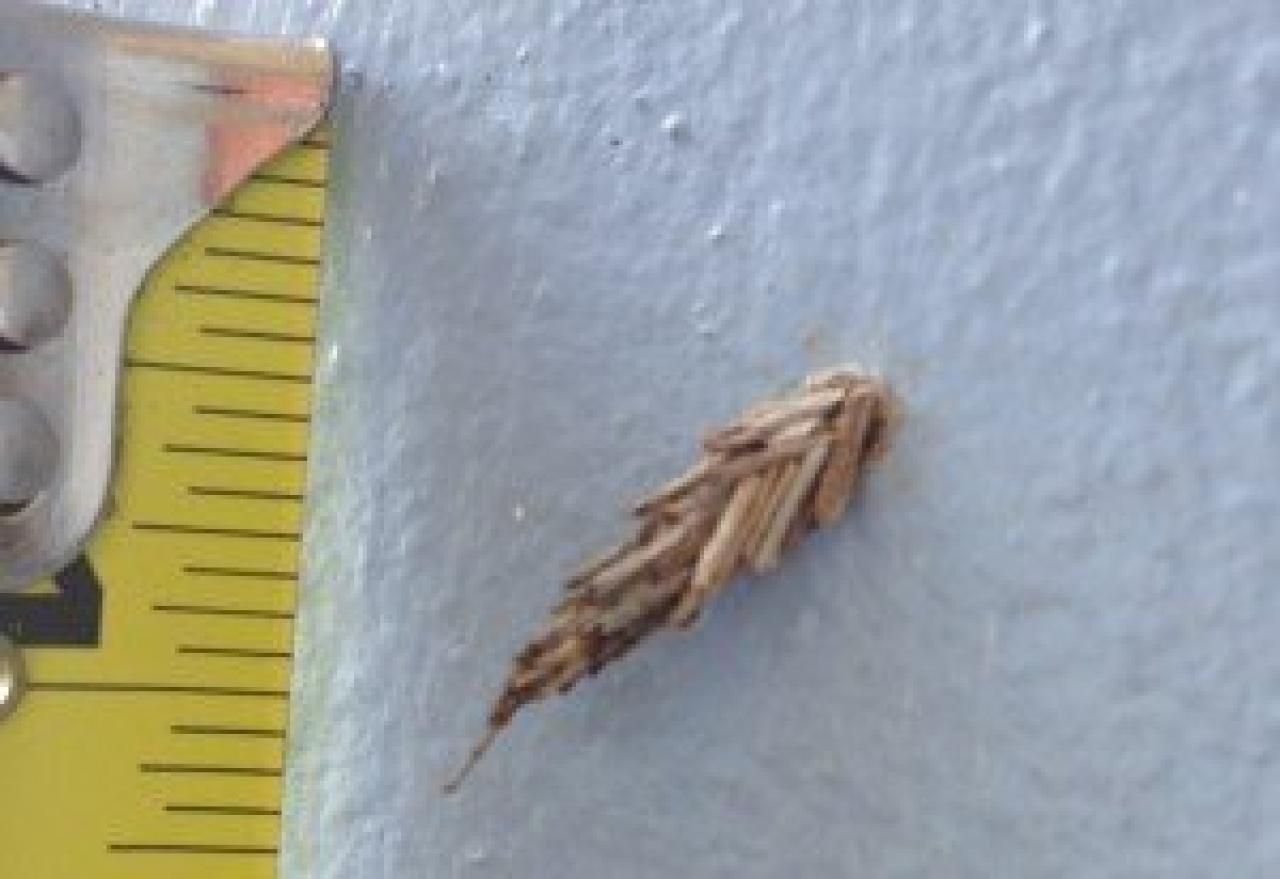
August: Blazing blooms
September: Earthworms invade our forest floor
October: A writhing mass of … Indiangrass seed?November: Dead man's fingers found at Pine Bend Bluffs
